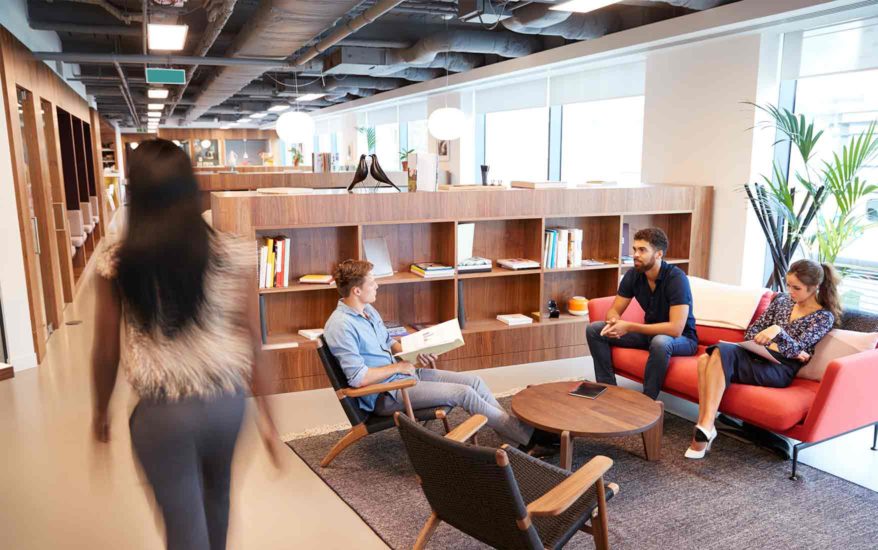
The workplaces of yesterday are, in many cases, no longer suitable for the business needs of today. So it’s time to do something about it.
There are lots of reasons for this, some of which are connected to the impact of COVID-19 and some of which are not. The pandemic may have accelerated the adoption of more flexible ways of working, such as hybrid models that combine office and home work, but the technology that allows that to happen has been around for much longer. Combine this with an increased drive for employees to prioritize their work/life balance and it’s clear that the status quo isn’t sustainable.
Underlining how important making changes could be, Zenefits research has found that 63% of American businesses feel retaining existing employees is actually harder than hiring new ones. Businesses that don’t adjust their workplaces to meet employee expectations will find that their workforce will happily move elsewhere.
But what should these changes look like, and what are the key guiding principles behind them? Four in particular stand out:
1. Flexibility without the hassle
Employees don’t just want control over where and when they work: they want it to be as easy and stress-free as possible. Making them jump through hoops and burdening them with admin when making their working arrangements will hold their productivity back, and make them feel like coming into the office is more trouble than it’s worth.
The technology that can help remove this hassle takes effect the moment an employee arrives at the office – and even slightly before it. Geolocation can automatically check an employee into a building once they approach the entrance, and adjust their status within their workspace management solution accordingly. The same principle can be applied to their booked workspace, which can be checked into as an employee reaches it, so that they can get to work immediately.
2. More spaces for socializing
However a business chooses to operate in the future, maintaining effective communication and collaboration between employees remains absolutely critical. Indeed, Salesforce research has found that 86% of employees and managers say a lack of collaboration or poor communication has contributed to problems and failures within the workplace. A key part of ensuring collaboration remains strong is to make sure teams of people can build strong bonds with each other, something that is much harder to do when people work virtually than when they’re working together in person.
The workplace can help in this area, if it’s set up with more spaces that encourage more informal socializing and team-building activities. Comfortable, informal areas like breakout zones are far better for encouraging relaxed conversations than more formal and regimented meeting rooms, so it’s worth considering whether extra provision of these spaces can be adopted.
3. Fair access to workspaces
With more employees attending the office only on a partial basis, they need to know that when they arrive, they can reliably access the spaces they need. When a workspace booking system is put in place, some (rather greedy!) employees may be tempted to book up more spaces than they need, which then sit empty even though other people need to use them. This is not only very frustrating for those who can’t get access to the spaces they need, but it’s also extremely inefficient for the business as a whole and harms productivity.
The answer to this is to use a workspace booking software, within which certain rules and restrictions can be applied. These could include limits on the number of spaces bookable within a certain timeframe, or geographical limits around which departments are allowed to book spaces in particular areas. These rules can be tailored to the needs of the workforce, and adjusted over time to suit changes in demand.
4. Prepare for the future
As the previous points demonstrate, changing the workplace to suit the evolving nature of work is an important undertaking – but it’s not a job with a defined end point. As employee expectations and business demands continue to change, what the ideal workplace looks like for an organization is a constantly moving target.
To be able to respond and reshape workplaces in the right ways, businesses need data on how the workspaces within them are utilized and whether the supply of them is matched to typical demand. Only with these insights can companies make informed decisions to keep their workplaces valuable and useful for the workforce for years to come.



